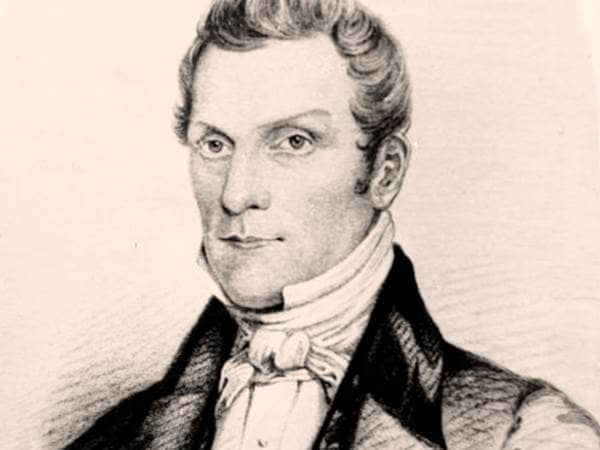
- Profession: Abbess
- Lived: 1097 - 1179 (Late Medieval)
- Nationality: Palatine of the Rhine (now Germany)
- Known for: composer, mystic and influential advisor to popes and kings
- Fun Fact: While running a nunnery and advising popes and kings, Hildegard also composed chant music that is still performed today.
- Fun Fact: Hildegard was one of the first people beatified in the Middle Ages but her canonization stalled because she was a controversial woman—until 2012 when Pope Benedict declared her not only a saint but one of the 35 Doctors (key teachers) of the Church.
The youngest of many children, sickly, and experiencing visions from a very young age, Hildegard was given to a monastery by her parents of minor nobility. It’s fair to say not much was expected of her. She and another girl formed the core of a new female monastic community there. Hildegard learned to read and write, and to play an instrument called the psaltery, related to our modern zither. At 38, she was asked to lead the community of nuns, and insisted they move out from under the control of the male monastery where they’d formed. When the abbot refused, she went above his head to the archbishop for approval, and they became an independent community, going on to add another community.
Hildegard said her visions began at the age of 3, but she told only those close to her about them. Then, at 42, she had a vision in which she was instructed to write her visions down. The pope recognized her visions as coming from the Holy Spirit and approved their recording as theological text. She described God in these visions as the “living Light.” In one passage, she wrote “the heavens were opened and a blinding light of exceptional brilliance flowed through my entire brain.” This and other accounts have led people to believe she suffered from migraines with accompanying visual aurae, and this also accounts for some of her periods of being bedridden.
Hildegard is also known for her musical compositions, including perhaps the earliest morality play, and much beloved choral music, as well as important work documenting herbal medicine. Her medicine, music and theology had a distinctly feminine perspective.
Hildegard is perhaps most remembered today for her boldness in standing up to the church patriarchy of her time. Besides defying authority figures, she went on preaching tours throughout the Holy Roman Empire, throughout Germany, railing against clerical corruption and demanding reform. She is known to have advised and befriended leaders, including King Henry II of England, his wife, Eleanor of Aquitaine, and Saint Bernard of Clairvaux. — Phil Fox Rose
Hildegard said her visions began at the age of 3, but she told only those close to her about them. Then, at 42, she had a vision in which she was instructed to write her visions down. The pope recognized her visions as coming from the Holy Spirit and approved their recording as theological text. She described God in these visions as the “living Light.” In one passage, she wrote “the heavens were opened and a blinding light of exceptional brilliance flowed through my entire brain.” This and other accounts have led people to believe she suffered from migraines with accompanying visual aurae, and this also accounts for some of her periods of being bedridden.
Hildegard is also known for her musical compositions, including perhaps the earliest morality play, and much beloved choral music, as well as important work documenting herbal medicine. Her medicine, music and theology had a distinctly feminine perspective.
Hildegard is perhaps most remembered today for her boldness in standing up to the church patriarchy of her time. Besides defying authority figures, she went on preaching tours throughout the Holy Roman Empire, throughout Germany, railing against clerical corruption and demanding reform. She is known to have advised and befriended leaders, including King Henry II of England, his wife, Eleanor of Aquitaine, and Saint Bernard of Clairvaux. — Phil Fox Rose
Back to Search Results






